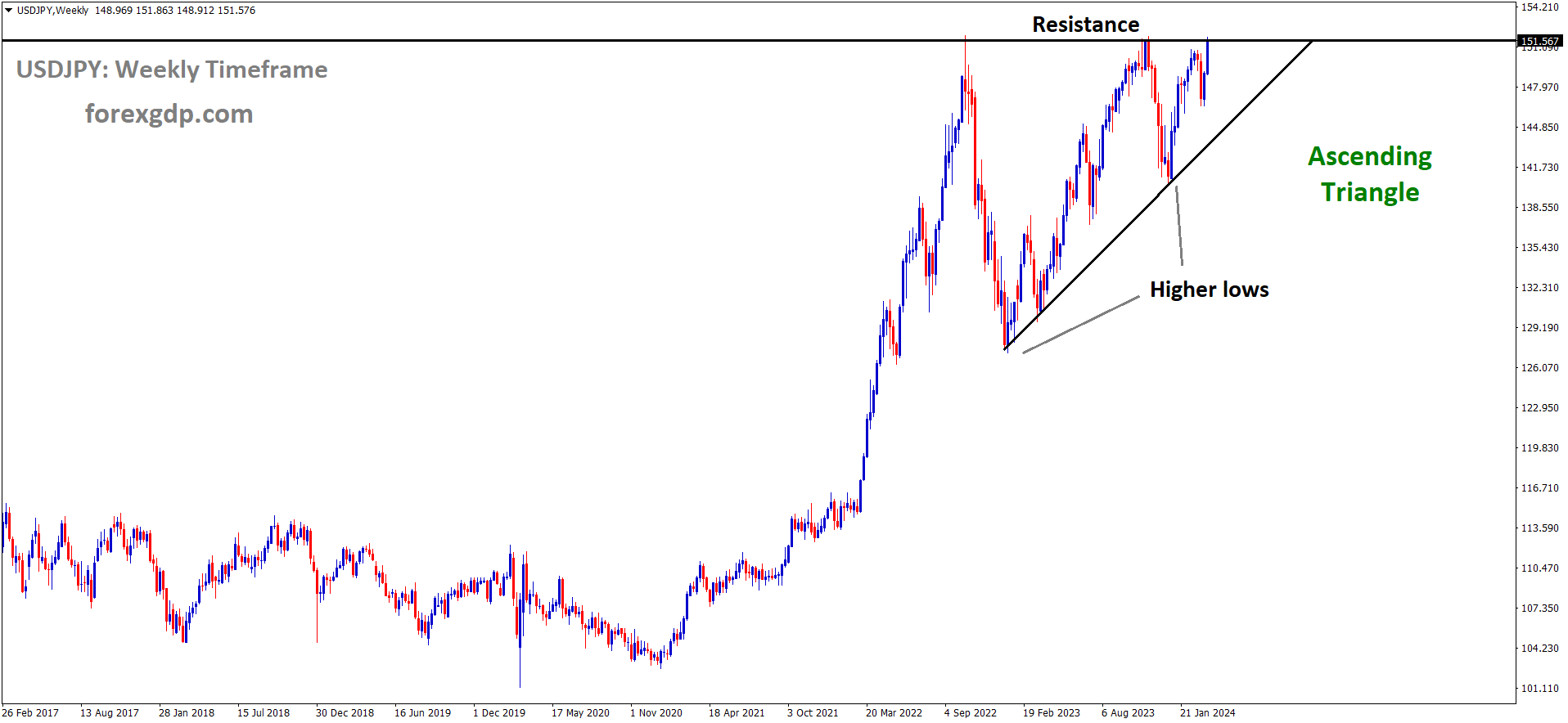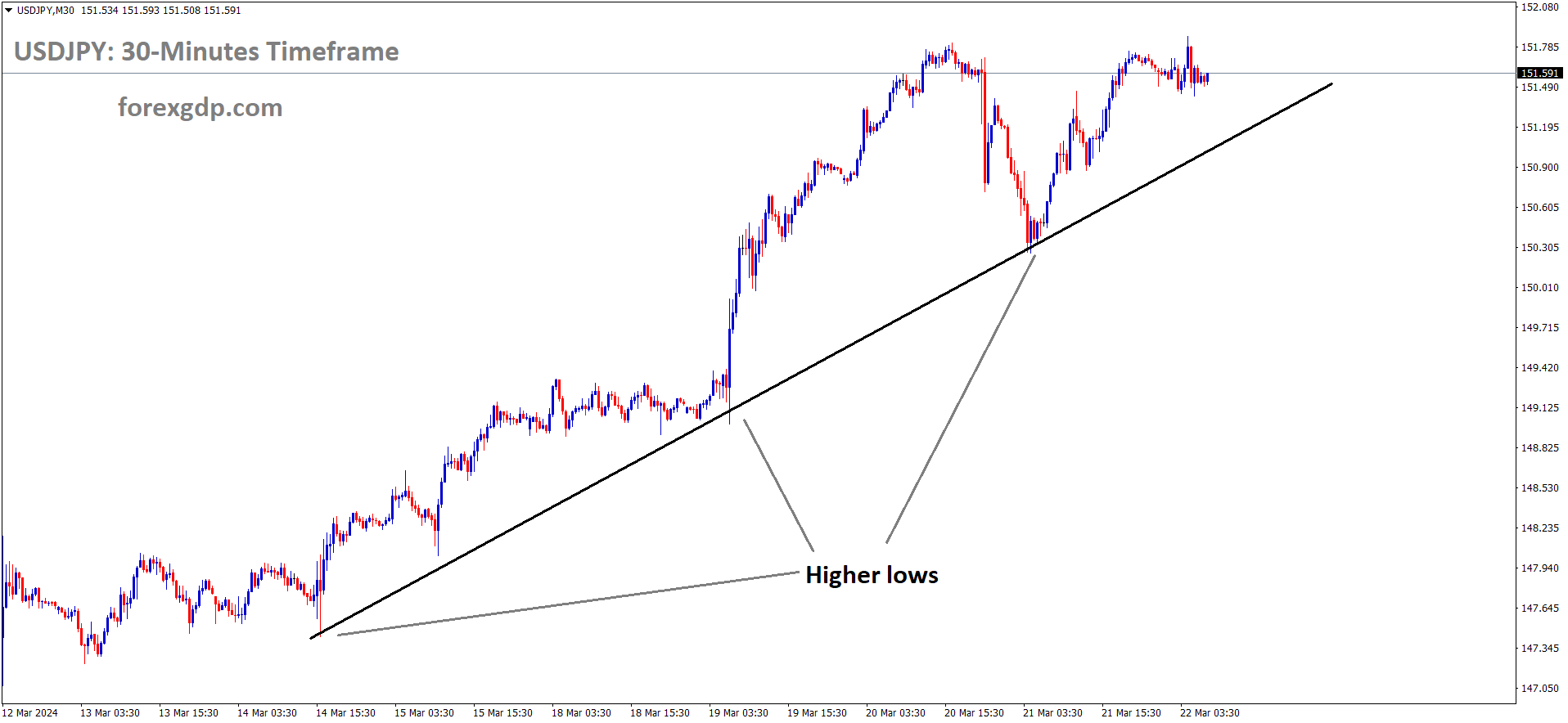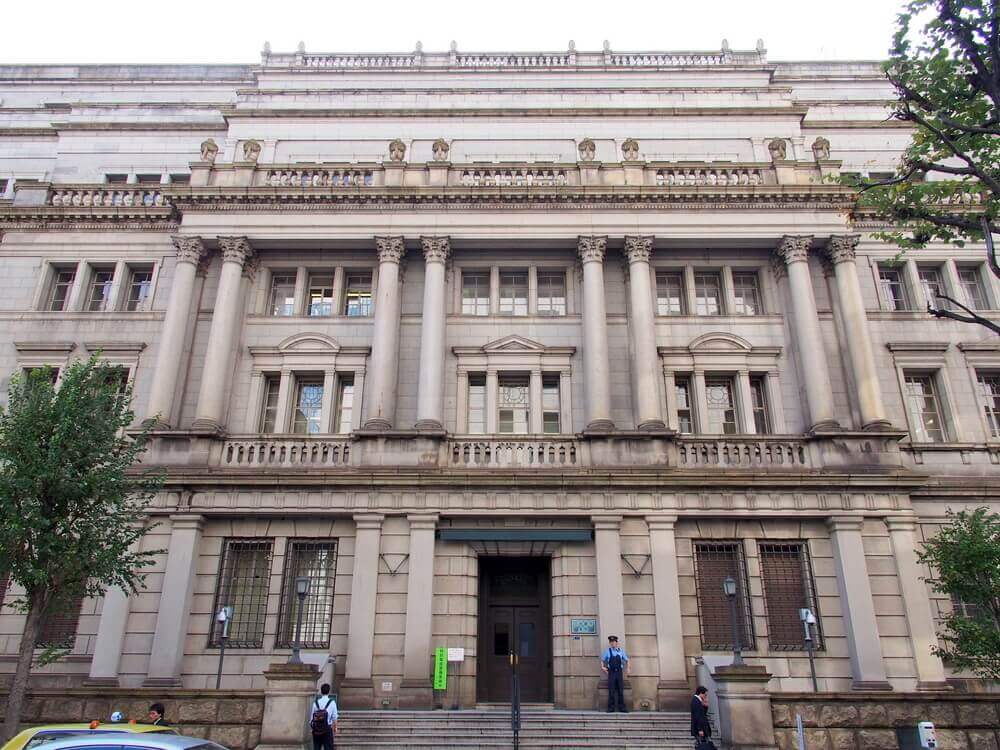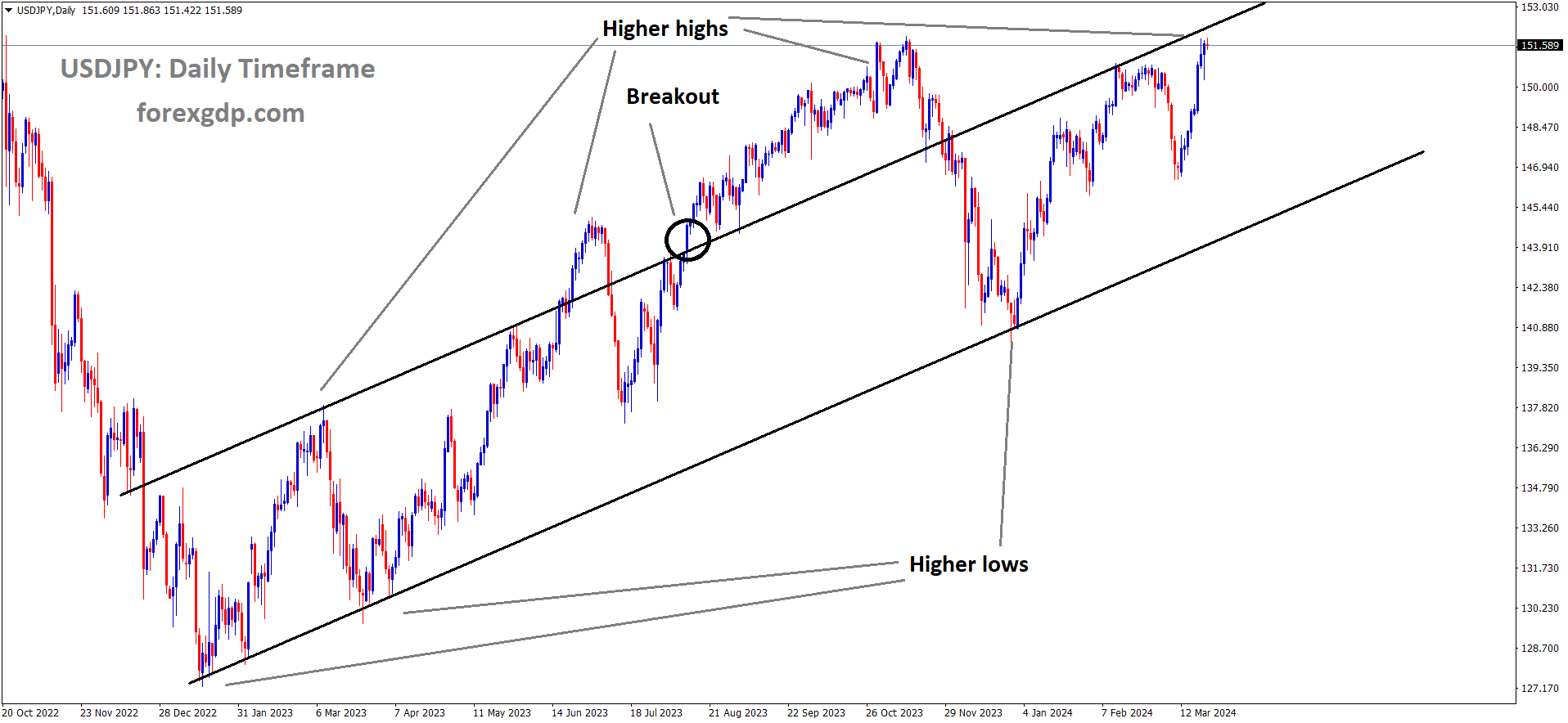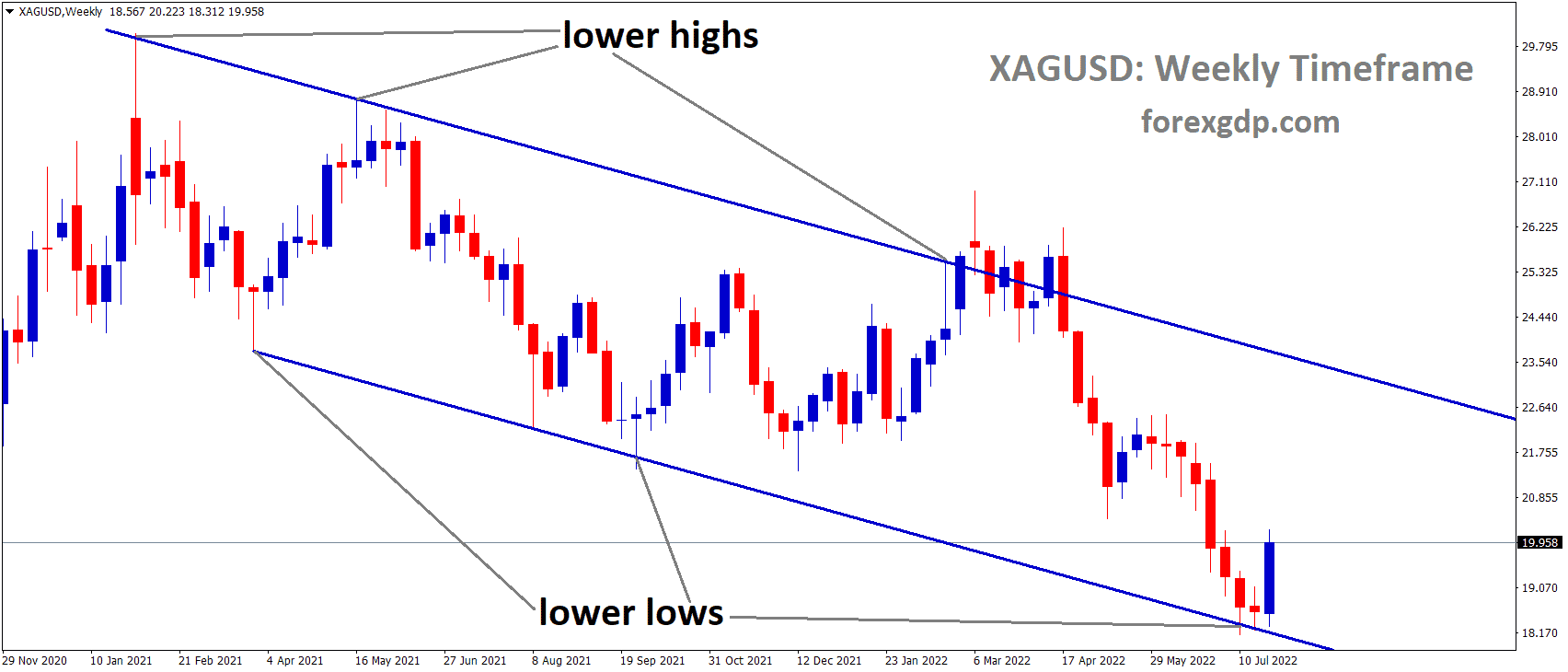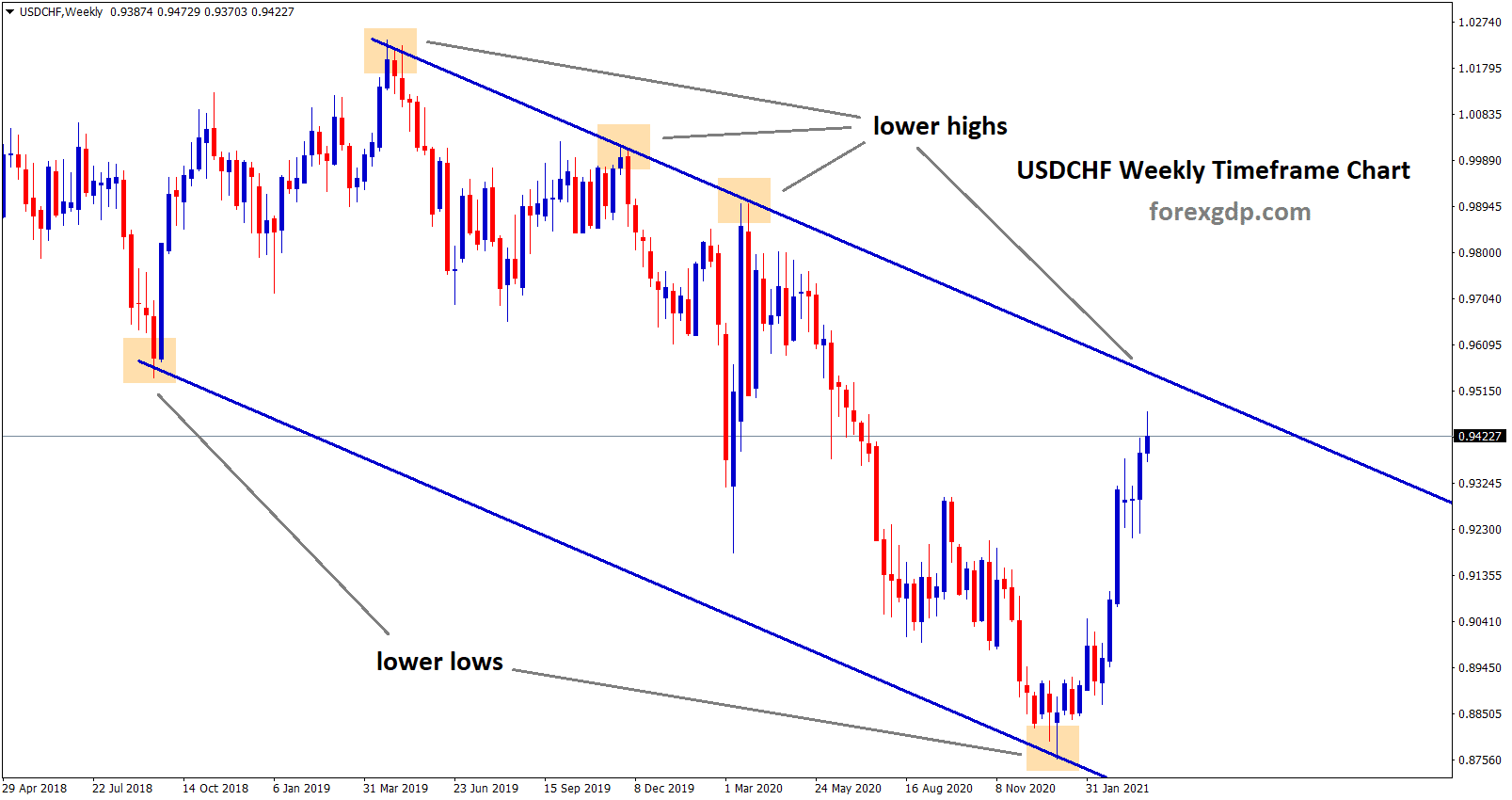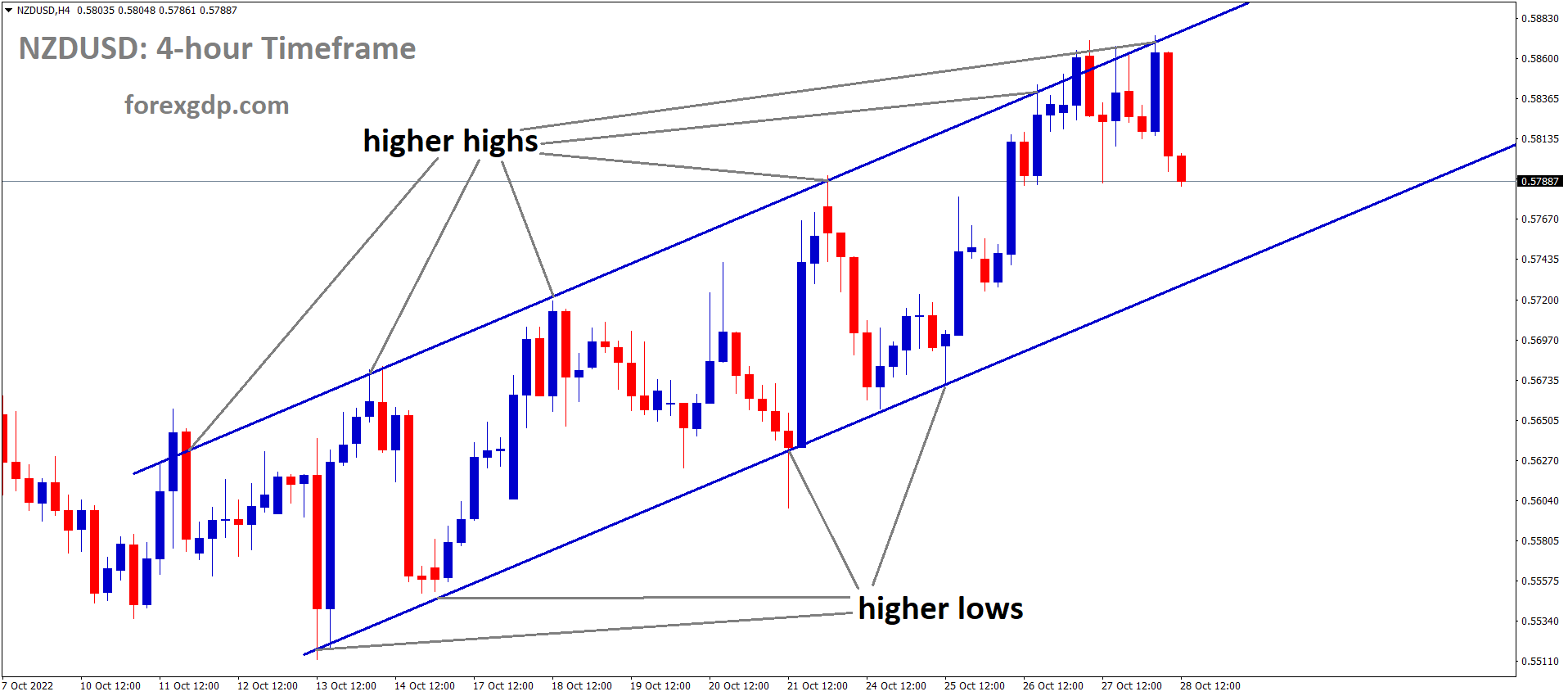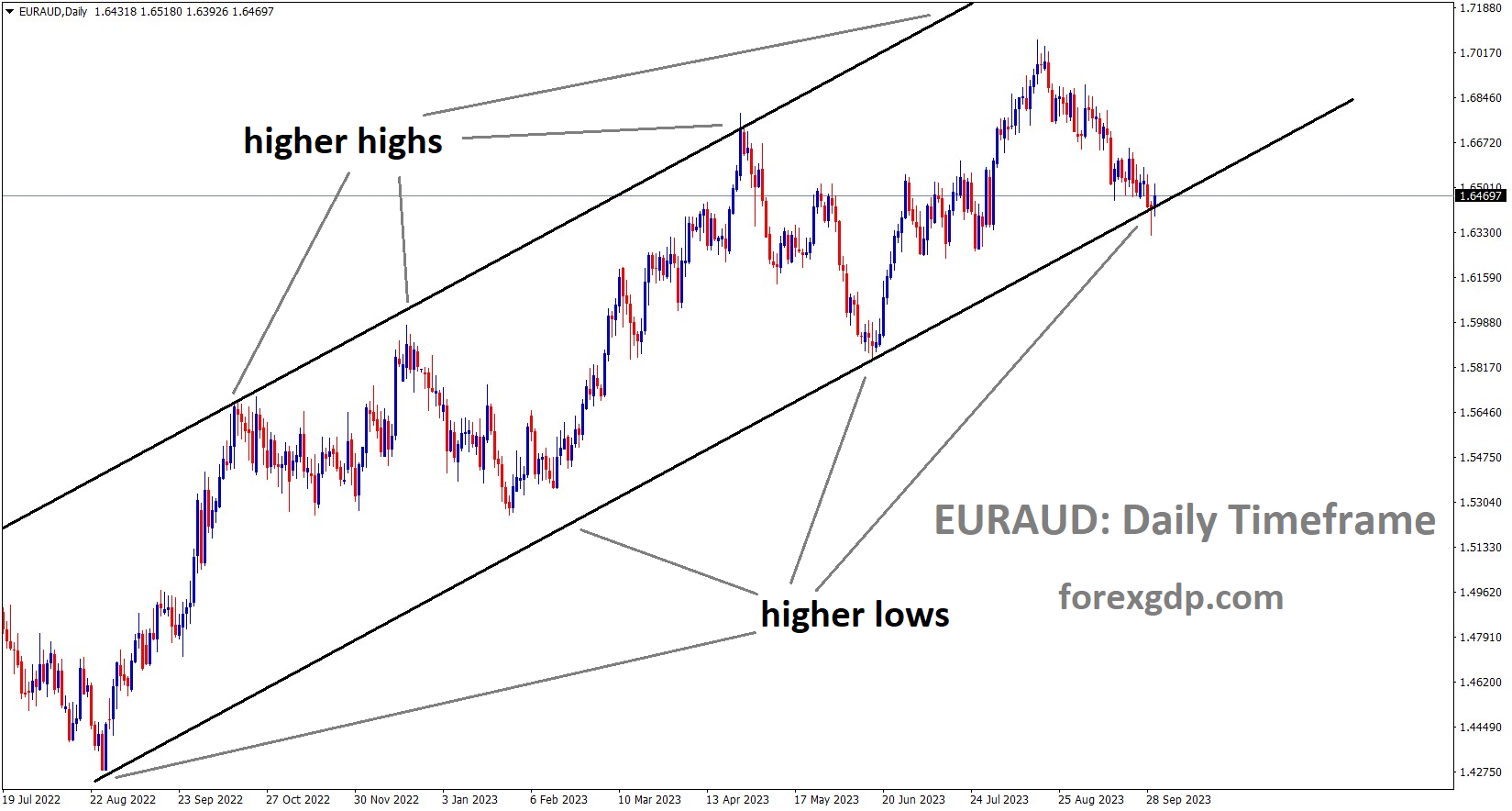Japan’s February CPI rises to 2.8% YoY from 2.2% prior
The Headline CPI data of Japan came at 2.8% in February month from 2.2% printed in Previous month. This reading came above the BoJ target of inflation 2%. Just two days back hiked 10bps by BoJ, inflation reading come well above 2% target. Wage hike increased and coming months personal consumption will be increased then inflation also increased with Wage hikes pressures.
USDJPY is moving in Ascending Triangle and market has reached resistance area of the pattern
In February, Japan’s CPI rose to 2.8% YoY from January’s 2.2%, as per the latest data from the Japan Statistics Bureau. Excluding fresh food, the National CPI reached 2.8% YoY in January, aligning with market expectations.
Japan CPI meets expectations, remains above BOJ target
The Headline CPI data of Japan came at 2.8% in February month from 2.2% printed in Previous month. This reading came above the BoJ target of inflation 2%. Just two days back hiked 10bps by BoJ, inflation reading come well above 2% target. Wage hike increased and coming months personal consumption will be increased then inflation also increased with Wage hikes pressures.
Japan CPI rises as expected in Feb, surpassing BOJ target, supporting recent policy shift.
Core CPI, excluding volatile fresh food prices, grows 2.8% YoY in Feb, matching forecasts and surging from 2% in the previous month.
Core CPI excluding both fresh food and energy prices, a key BOJ indicator, rises 3.2% YoY in Feb, easing from 3.5% in the previous month.
Headline CPI inflation increases to 2.8% YoY from 2.2% in the prior month.
Food price inflation remains a major driver, while spending on recreational goods and services slightly rises.
USDJPY is moving in uptrend line and market has rebounded from the higher low area of the pattern
This CPI release follows the BOJ’s recent interest rate hike after 17 years and the termination of its yield curve control programs.
BOJ anticipates a rise in inflation due to increased private consumption driven by substantial wage hikes in 2024.
Negotiations between major labor unions and employers resulted in significant wage increases for Japanese workers in 2024, likely contributing to inflationary pressures.
The Japanese economy is expected to receive a boost from higher consumption this year after narrowly avoiding a technical recession in Q4 2023.
Japan’s core inflation hits 2.8% in Feb.
The Headline CPI data of Japan came at 2.8% in February month from 2.2% printed in Previous month. This reading came above the BoJ target of inflation 2%. Just two days back hiked 10bps by BoJ, inflation reading come well above 2% target. Wage hike increased and coming months personal consumption will be increased then inflation also increased with Wage hikes pressures.
Japan’s core consumer prices surged 2.8% in February, marking the first acceleration in four months. The fading effects of state subsidies to curb energy costs contributed to inflationary pressures, according to government data released on Friday.
The nationwide core consumer price index, excluding volatile fresh food, exceeded the Bank of Japan’s 2% target for the 23rd consecutive month, following a 2.0% increase in January.
Core-core CPI, which excludes both energy and fresh food, rose by 3.2%. However, this measure of underlying inflation slowed for the sixth consecutive month, according to the Ministry of Internal Affairs and Communications.
The Bank of Japan has expressed increasing confidence in achieving 2% inflation as part of a positive cycle involving sustained wage growth.
At its latest policy meeting earlier in the week, the central bank ended its negative rate and yield cap program, signaling a departure from unorthodox measures aimed at combating deflation.
Despite major contributors such as food and durable goods prices rising (5.3% and 3.5% respectively), economists believe the trend of easing cost-push inflation remains intact.
To counteract the impact of surging fuel costs, exacerbated by a weak yen, the government began supporting households by reducing utility bills in 2023, resulting in a significant decrease in electricity and gas prices in the CPI data.
Service prices, rising at a steady pace of 2.2%, are less sensitive to energy and raw material costs compared to goods prices.
Accommodation fees saw a notable increase of 33.3%, driven by robust travel demand, particularly from revived inbound tourism.
USDJPY is moving in Ascending channel and market has reached higher high area of the channel
The impact of shunto wage negotiations on prices is being closely monitored, with Japanese companies agreeing to an average pay raise of 5.28% at this year’s labor-management talks, the largest increase in over three decades.
While the 2% inflation goal is within reach, BOJ chief Kazuo Ueda has noted that underlying inflation has yet to reach that level, underscoring the need for continued accommodative financial conditions.
Don’t trade all the time, trade forex only at the confirmed trade setups.
Get more confirmed trade setups here: forexgdp.com/buy/


